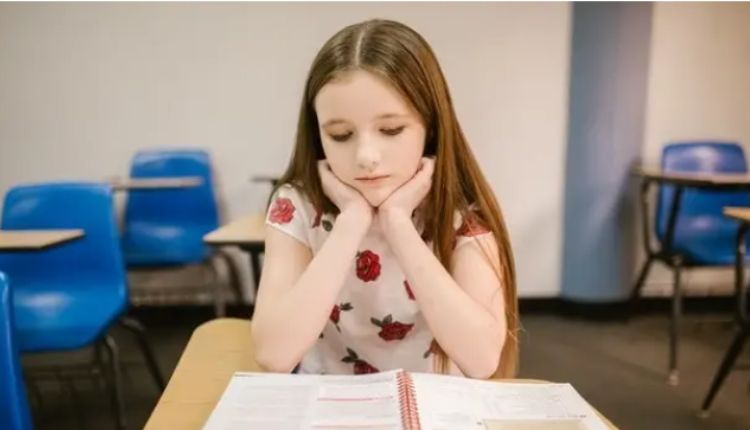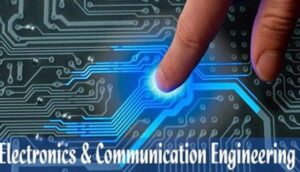
Pediatric
Having a good vision is an essential element for a child’s development and success in academics. Yet, many children suffer from undiagnosed vision problems that can affect their learning and performance in school. In this article, we will discuss pediatric eye care and how it can affect one’s academic performance.
The Link Between Vision and Learning
Children use their eyes to interact with the world and acquire knowledge. Vision problems, such as nearsightedness, farsightedness, or astigmatism, often make reading and writing as well as concentrating on classroom activities a challenge for children. Such conditions become a serious barrier to the academic achievement of a child when they go uncorrected.
Common Vision Problems in Children
- Nearsightedness (Myopia): Children with myopia face the inability to see objects that are far away very clearly, whether they see barely the blackboard or find it hard to take part in outdoor activities.
- Farsightedness (Hyperopia): Hyperopia renders a person unable to see very nearby objects. It is thus a major impairment as far as reading, writing, or closely staring at objects is concerned.
- Astigmatism: Astigmatism is a common condition of long and short vision or blurred vision far and near. It can also lead to headaches, eye strain, and general difficulty focusing in school.
- Amblyopia (Lazy Eye): Amblyopia is a disorder in which one eye may not develop normal vision as well, creating a risk of dysfunctions and permanent loss of eyesight if not treated.
Signs Your Child May Have Vision Problems
Very often, especially in the case of small children, recognising some problem of vision becomes an uphill task, for such children are unable to express their difficulties. Some of the key signs indicating a child may have difficulty with vision include:
- Squinting or rubbing their eyes
- Holding books or gadgets too close to their face
- Complaints of headaches or eye pain
- Avoiding reading or activities that require focusing
The Role of Regular Eye Exams
Seeing an optician regularly will allow early detection. According to the Australian College of Optometry, a suggested first eye exam for children is two to three years, and thereafter, students should be examined regularly throughout their school years. Early detection and management may prevent vision-dependent learning difficulties and ensure a better future for the child.
How Correcting Vision Can Improve School Performance
Vision problems can interfere with proper focusing, reading, and participation in class activities. Glasses, contact lenses, and other treatment options serve to rectify visual problems and enhance a child’s vision. Studies show that corrected-eyed children develop success in their academic endeavours, demonstrate an increase in attention span, and have fewer behavioural problems.
Schedule Your Child’s Eye Exam for a Clear Path to Success!
Paediatric eye care is very important for the overall development of your child and their performance in school. Regular eye examinations can detect vision problems and allow for their correction before academic success is impaired.
Make an appointment for your child’s eye test at Rutnin Eye Hospital so that you can keep their vision in check and make sure they are ready to thrive academically at school.







